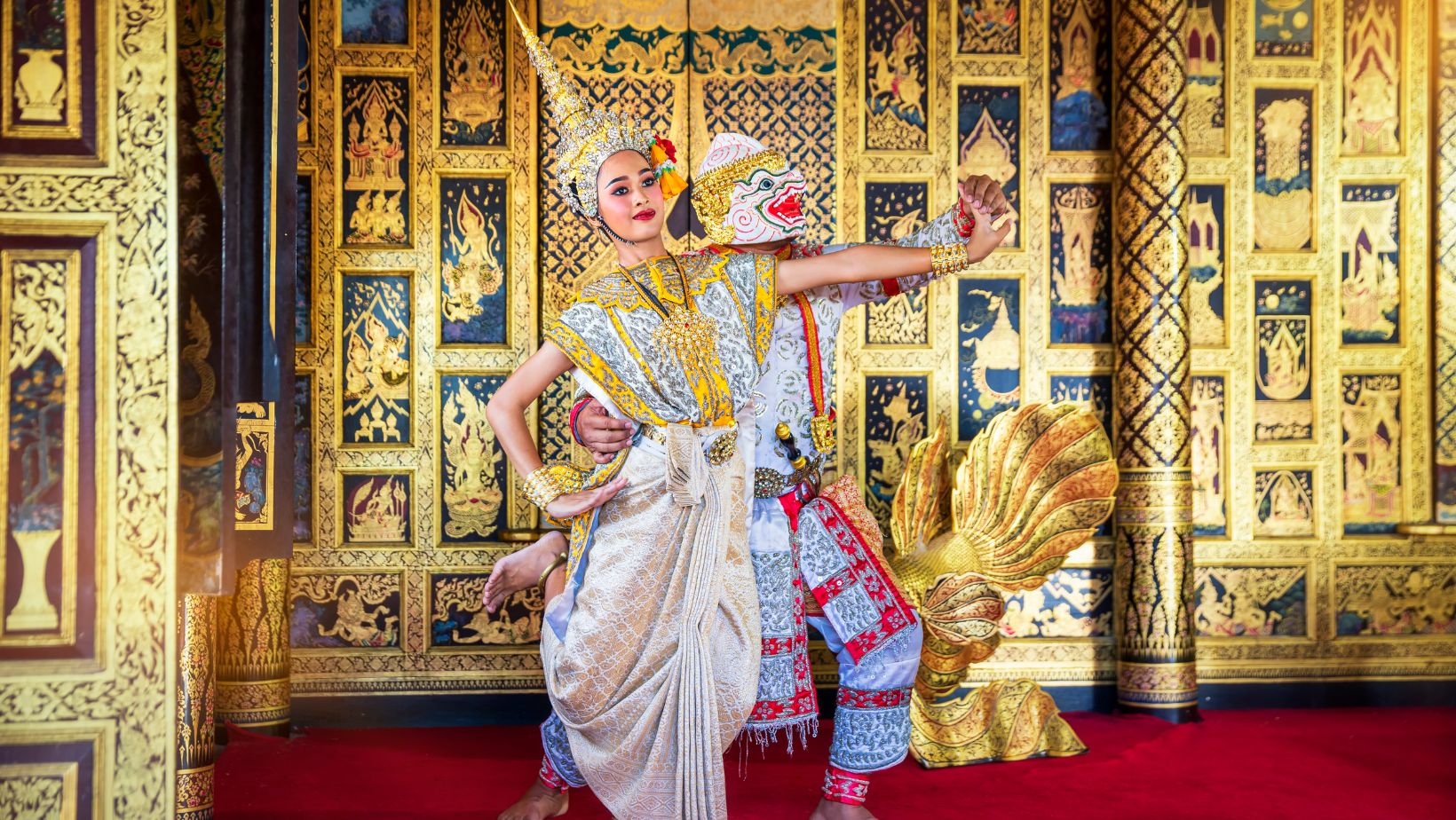In Thailand’s cultural heritage, few art forms shine as brightly as Khon, the traditional masked dance drama. Recognized by UNESCO as an Intangible Cultural Heritage of Thailand, Khon is a captivating blend of music, dance, drama, and craftsmanship that has enchanted audiences for centuries. Interestingly, Khon shares profound cultural similarities with India, particularly through its depiction of the epic Ramayana, highlighting a deep-rooted connection between the two nations.

A Rich Heritage
With roots dating back to the Ayutthaya period (1351-1767), Khon has evolved into a sophisticated art form that reflects the rich cultural heritage of Thailand. Originally performed in royal courts and princely households, Khon has since found its way into the hearts of people across the country, captivating audiences with its timeless tales of heroism and myth.

The Epic of Ramayana: A Shared Narrative
At the heart of Khon lies the epic tale of the Ramayana, a timeless story of love, duty, and honor. Through graceful dance movements, intricate costumes, and mesmerizing music, Khon brings to life the adventures of Rama, the noble hero, as he battles the forces of evil to rescue his beloved wife Sita. This shared narrative foundation creates a cultural bridge between Thailand and India, fostering a sense of kinship and shared heritage.

The Art of the Mask
Central to Khon’s allure are the elaborate masks worn by performers, known as “Hua Khon.” These masks, meticulously crafted by skilled artisans, serve as a visual representation of the characters they portray. Similarly, in India, classical dance forms such as Bharatanatyam, Kathakali, and Odissi often feature episodes from the Ramayana, showcasing intricate footwork, expressive gestures, and elaborate costumes. The emphasis on craftsmanship and artistry highlights the shared value placed on preserving cultural heritage and craftsmanship in both traditions.

Preserving Tradition and Spiritual Themes
Despite the passage of time, the art of Khon remains deeply rooted in tradition. Today, efforts are underway to ensure the continuity of this ancient art form, with educational institutions and performance clubs playing a vital role in passing on the skills and techniques needed to keep Khon alive for future generations. Beyond its artistic and entertainment value, both Khon and Indian classical arts serve a deeper purpose of conveying moral and spiritual teachings. The Ramayana, with its emphasis on righteousness, duty, and devotion, serves as a moral compass in both cultures, guiding individuals towards a path of virtue and righteousness.

Cultural Parallels and a Shared Heritage
In essence, Khon and its portrayal of the Ramayana are not just artistic expressions but threads in the rich cultural tapestry that binds Thailand and India together. Through these shared narratives, themes, and artistic traditions, the two countries continue to forge cultural connections that transcend time and space, enriching their shared heritage for generations to come.



